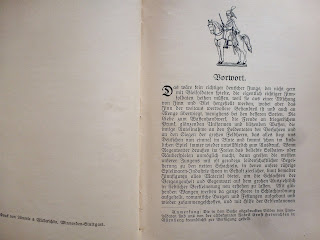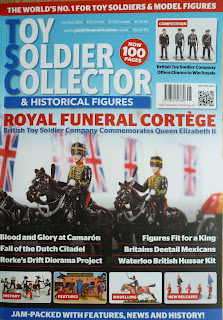Only a couple of weeks to go to the Plastic Warrior Show:
TRAVEL GUIDE
Directions to The Plastic Warrior
Show
BY ROAD
From Outside London
take M25, M3, A316, go over one roundabout and entrance to the winning Post is
after 500 metres on your left.
From Inner London,
after Richmond Circus follow A316 and continue straight on over three
roundabouts. You will pass the Winning Post on your right. At the next
roundabout take the fourth exit and entrance to the Winning Post will be on
your left after 500 metres.
FREE PARKING. There is extensive free parking at the site and in the
residential roads behind the Winning Post. The Harlequin Suite is to the right
of the main building.
BY PUBLIC TRANSPORT
From Central London
and the South of England by overground train (South Western Railways) from
Waterloo or Clapham Junction to Whitton Station. There are eight trains an hour
and the journey time is approx. 30 minutes, this is a loop line so four trains an
hour run from two different platforms at Waterloo Station.
From the North of
England by train to London arriving at Kings Cross, St. Pancras or Euston.
Take the London
Underground Victoria line just six stops to Vauxhall and change for South
Western Railways to Whitton Station as above. Whitton Station is just three
minutes walk from the Winning Post. Turn left out of the station
past Jubilee Avenue and Pauline Crescent, the next turning on your left is the
entrance to the Winning Post.
Should you wish to take the London Underground to Richmond as in previous
years, the easiest thing is to change platform and take a South Western
Railways service to Whitton Station as above, (four trains an hour from
Richmond, journey time eight minutes).
Alternatively you
could get a black cab or a H22 bus from the taxi rank and bus stop outside the
station.
Oyster cards are accepted on all London Underground lines, buses and South
Western Railways
to Whitton Station.
The Winning Post Inn
Opens from 08.00 to
11.00 serving breakfast or coffee for those who arrive early. The pub serves
drinks from 11.00 and lunches from 12.00. There is a cashpoint on site but
Whitton town centre, with a full range of shops and banks, is just three
minutes walk from the hall.
Within the Winning Post complex is a Premier Inn travel hotel for those who want to break their journey and stay overnight.
.jpg)
















